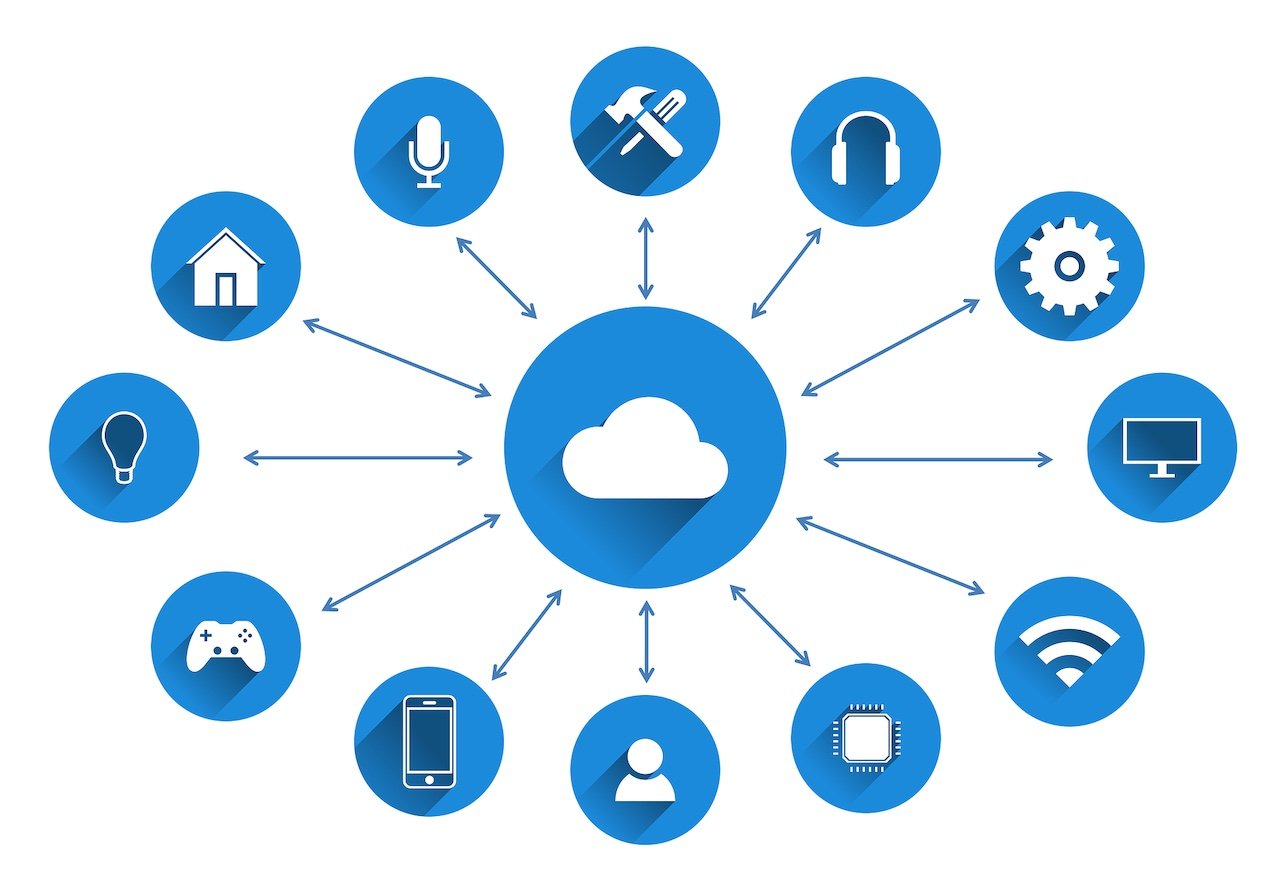
- April 2025 (2)
- March 2025 (2)
- February 2025 (1)
- December 2024 (2)
- November 2024 (2)
- August 2024 (2)
- June 2024 (3)
- May 2024 (3)
- April 2024 (1)
- March 2024 (3)
- February 2024 (2)
- January 2024 (2)
- December 2023 (1)
- November 2023 (2)
- October 2023 (2)
- September 2023 (1)
- August 2023 (1)
- July 2023 (2)
- June 2023 (3)
- May 2023 (2)
- April 2023 (1)
- March 2023 (4)
- February 2023 (1)
- January 2023 (2)
- November 2022 (2)
- September 2022 (1)
- August 2022 (2)
- July 2022 (2)
- June 2022 (2)
- May 2022 (1)
- April 2022 (3)
- March 2022 (1)
- February 2022 (3)
- January 2022 (2)
- December 2021 (1)
- November 2021 (1)
- October 2021 (2)
- September 2021 (3)
- August 2021 (1)
- July 2021 (4)
- June 2021 (1)
- May 2021 (2)
- April 2021 (2)
- March 2021 (2)
- February 2021 (3)
- January 2021 (3)
- December 2020 (1)
- October 2020 (1)
- August 2020 (1)
- August 2019 (1)
- January 2019 (2)
- September 2018 (5)
- June 2018 (1)
- November 2017 (1)
- September 2017 (1)
- July 2017 (1)
- May 2017 (1)
- January 2017 (1)
- October 2016 (2)
- August 2016 (1)
- July 2016 (1)
- June 2016 (1)
Subscribe by email
At the 2017 IoT World Forum, Cisco unveiled research that said more than 60% of IoT projects fail in the Infancy/Proof of Concept (POC) stages, and only 26% actually get completed (and we shouldn't assume all of those 26% lead to tangible, improved outcomes - the true reason for IoT.) With Gartner's estimate of 8.4 billion "things" up and running by the end of 2017, that means there are a whole lot more failed IoT projects out there.
From a live poll taken at the forum, the following four challenges were listed as the top reasons for this unfortunate statistic:
- Lack of Expertise
- Integration Complexity
- Finding a Budget
- Security
A 26% success rate for IoT projects is obviously not good. Can we as an industry do better or is this just the nature of fast-moving technology?
First, let's be clear, IoT is now a massive category that covers a broad range of applications and markets. It's filled with terminology foreign to the majority of people on the planet except for those immersed in it daily: Big Data, LTE, LoRa, device authentication, managed services, cellular provisioning and over-the-air (OTA) firmware updates just to name a few.
Is there excessive hype around IoT's short term impact? Maybe, but what an incredible time to be part of a tectonic shift in business where we can use technology in so many creative ways to improve lives and business operations.
With the potential for so much good, the IoT category will find ways to succeed, thrive and most importantly, provide value. There's no doubt about that. The question is - can we improve the success rate for the projects that could and would succeed if they were only managed properly?
4 Keys to Success
It can be difficult to identify universal truths that apply to everyone in a market this big. After all, the IoT spans everything from medical devices to smart cities, from home automation to industrial automation to autonomous vehicles and more.
However, there are four key steps that may just apply to every IoT project, and will need to be navigated in order to improve the IoT success rate:
- Step 1 - Identify the reason you're starting an IoT project. What is your sound business reason? Or, maybe you're civic minded and are doing this for the good of your community as part of a non-profit. Either way, if you don't start with a sound reason for jumping into an IoT project, then you won't know who your stakeholders are and won't provide value, resulting in a failed effort. If you've identified an unmet need or an innovative way of addressing a challenge through IoT, then steps 2 - 4 become critical.
- Step 2 - Come up with and execute a success development plan. This is the step where many businesses and developers spend a lot of time wringing their hands and worrying about technology, integration, and partners. These are all absolutely important, but if a sound business reason, solution life cycle management, and a means for measuring results aren't given the proper attention, all the technology and development expertise in the world isn't going to help your IoT solution succeed.
- Step 3 - Determine how you are going to manage the solution once development is complete. Ok, you've developed a cool solution and deployed it in the field. Great - now the hard part is behind you, right? Then, it dawns on you...Wait a minute, someone has to monitor this solution to make sure it is working properly. Someone has to make sure the devices (and the data being collected) remain secure and are running the latest software. *Oh man, what have I gotten myself into?*
- Step 4 - Understand how to use data to optimize your results, your solution, and improve outcomes. How many times have you heard the words "analytics" or "big data" recently? Cool sounding words, huh? What do they really mean, though? Your goal should be to determine what you can do to run your business effectively and more efficiently now that you have access to data that you've never had before. Don't let data go to waste - use it to inform and drive business decisions and take your operation to new levels of success.
Choosing the Right Team
These steps can be managed in multiple ways - internal resources, a single external partner, multiple partners or even a mix of internal resources and partners. The decision on what is the best fit for you comes down to two things: expertise and experience.
Do the resources you are considering have the technical know-how to do what you need and do they have experience in delivering IoT solutions? If you are focused on healthcare for example, do you partners understand the IoT solution's market, who the users are and have they dealt with regulatory requirements like HIPAA or FDA compliance? Remember, IoT is about more than just developing cool technology.
If you're bringing to market a solution that requires a cellular connection, do your internal teams or your partners have experience working with wireless carriers?
If your products are meant for consumers, do your resources know how to deliver seamless and intuitive out of box experiences, consumer-friendly applications, online stores and customer support tools for your staff?
Aligning the Arrows
If you decide to bring in external resources, the other critical factor to keep in mind is alignment. Long term success is much more likely if you find a partner (or partners) where your goals are aligned.
For example, if your goal is to rapidly go to market and achieve recurring revenue while your partner's primary goals are to collect development fees, you aren't aligned. While you want to minimize development time and costs to decrease time to market and time to revenue, they want to get paid as much as possible during development regardless of your ability to get to market efficiently.
That is not alignment.
To avoid this situation, have an open conversation with your potential partners. Discuss how you align your motivations so that you are working together to achieve a common goal.
Ideally, you will want a partner that meets your needs with regards to expertise, experience and alignment. In Zipit's case, we help organizations with all four of the steps listed above.
- We help you evaluate your business case, ensuring you don't waste precious business resources that you can use elsewhere.
- Then, we help you identify your IoT goals, the path to success and the challenges you may face in order to optimize resources and set the right expectations on time to market. Then, we provide the development work necessary to execute your plan on time, improving your time to market and time to revenue. Our 10+ years of experience in IoT product development have helped us hone these skills.
- Typically, many IoT platform providers end their business engagement here. In contrast, we continue to work with you to ensure your IoT solution is deployed and running smoothly. Having developed and managed our own connected products and services for hundreds of enterprises, we know exactly what goes into keeping an IoT solution up and running reliably and securely for the full life of a product.
- Finally, since our business objectives are aligned, we're committed to keeping your solution running securely and to improve your business results through the collection and careful analysis and interpretation of data.
In our experience, many IoT projects fail due to challenges that can be avoided or mitigated through proper planning and execution. So if you ask us, improving the success rate of IoT projects globally is not only possible, but a challenge worth taking on.
Related Content
The latest IoT insights and platform updates from Zipit.
Deploying an IoT solution brings significant value to businesses, but it also intr...
The Internet of Things (IoT) has transformed industries by creating a network of i...
As you explore cellular connectivity solutions, finding a partner equipped to help...



